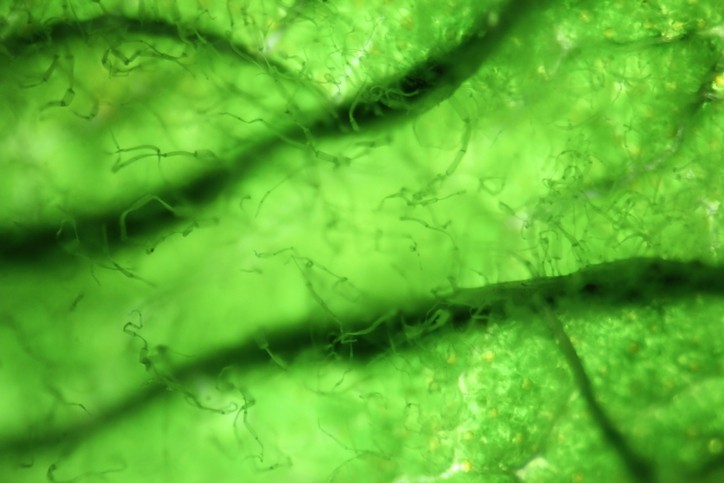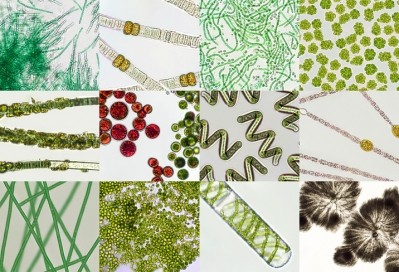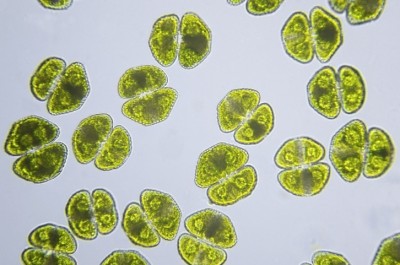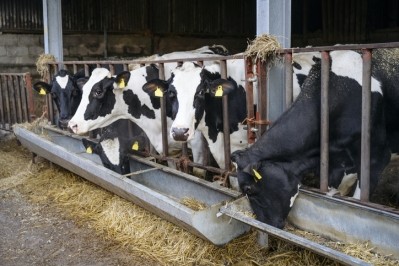New safety study makes case for use of microalgal species as functional feed ingredient

The company is exploring the potential use of AQ biomass as a functional feed ingredient.
Alltech researchers says a study they had published in Regulatory Toxicity and Pharmacology demonstrates the safety of a heterotrophically-produced strain of AQ and supports its use as a non-toxic feed ingredient.
The findings
Comprising researchers based in France and Ireland, the Alltech team tested an industrially cultivated strain of AQ tested using Organization for Economic Co-operation and Development (OECD) guidelines: acute skin irritation in rabbits; skin sensitization in guinea pigs; acute eye irritation in rabbits; acute oral fixed-dose procedure in rats; and bacterial reverse mutation using the BN Ames technique.
Results showed that AQ is non-irritant and non-sensitizing to skin. AQ caused transient conjunctival lacrimation and redness; however, the scores for these clinical signs translated into low ocular irritation indices and classification of AQ as non-irritant to the eyes, according to the authors.
An acute oral dose of AQ (2000 mg/kg) did not cause mortality, change in body weight gain, or any general, functional, and neurobehavioral clinical signs, they reported.
In five strains of Salmonella typhimurium bacteria, treatment with AQ did not cause biologically or statistically significant changes in the number of revertant colonies, indicating that AQ does not cause mutagenic toxicity, added the research team.
The results of the research shore up the application of AQ as a safe and non-toxic feed ingredient, they concluded.
Background
AQ, due to its high lipid content, has been investigated as a suitable alternative feedstock for biofuel production, with potential benefits in the area of green biotechnology (Oliveira et al., 2017; Sangapillai and Marimuthu, 2019), reported the Alltech team.
Studies on the physiological growth parameters and fatty acid profile of AQ have indicated optimal growth at 25°C across a wide pH range, with scalable mass-culture—an important feature for commercial applications (Ghosh et al., 2017; Hong et al., 2012), they remarked.
Hong et al. (2012) reported that certain strains of AQ could have the potential to be used as alternative omega-3 PUFA sources to fish oil. Alternatively, AQ growth can also be optimized for high carbohydrate and protein yields (Ghosh et al., 2017), noted the researchers.
There is also evidence that demonstrates the mycotoxin-binding capabilities of AQ when used as a feed ingredient, said the authors.
In a study over 21 days involving 508 Ross chicks, AQ was included in a diet at 0.5, 1, and 2 kg/ton that was contaminated with ochratoxin A (OTA) at a rate of 90 μg/kg. The inclusion of AQ resulted in a 13, 34, and 35% decrease in liver OTA concentration. This suggests a role for AQ as a mycotoxin binder for sequestering OTA in vivo (Moran et al., 2018), said the team.
“Furthermore, previous studies have shown algal glycans are as effective as other mycotoxin binders such as activated charcoal (Cavret et al., 2010). Therefore, elucidation of the AQ glycomic structure may establish its potential to bind other phytotoxins and mycotoxins of interest.”
Toxicity risks
Establishing the safety of new microalgal species is essential to eliminate their potential toxicity to animals or humans, commented the authors.
“Toxicity can arise either through toxins intrinsic to the algae, or because of externally accumulated toxins such as heavy metals and pathogens (Becker, 2004; Van der Spiegel et al., 2013). In addition, there may be potential risks of severe side-effects and allergic reactions associated with some species of microalgae (Balasubramaniam et al., 2021).
“Certain Chlorella species of microalgae have been deemed safe based on extensive historical use (Enzing et al., 2014).”
Safety and toxicity testing of newly isolated species therefore aids the traceability of the food chain and can instill user and consumer confidence, as well as hasten the placement of these microalgae in the market for sustainable food production applications, said the Alltech team.
“AQ has only recently emerged as a target for investigative research to explore its commercial potential, and is therefore, a largely novel species in these applications. Unsurprisingly, there are no published or publicly available safety studies on AQ to date.
“AQ is not included on the European Food Safety Authority (EFSA) qualified presumption of safety (QPS) list in the European Union (EFSA Panel on Biological Hazards (BIOHAZ), 2021) nor is it considered generally recognized as safe (GRAS) in the US.”
Demonstrating the safety of AQ using these parameters will give confidence to its future use, investigative potential, and application as a safe and non-toxic specialty feed ingredient, said the researchers.








